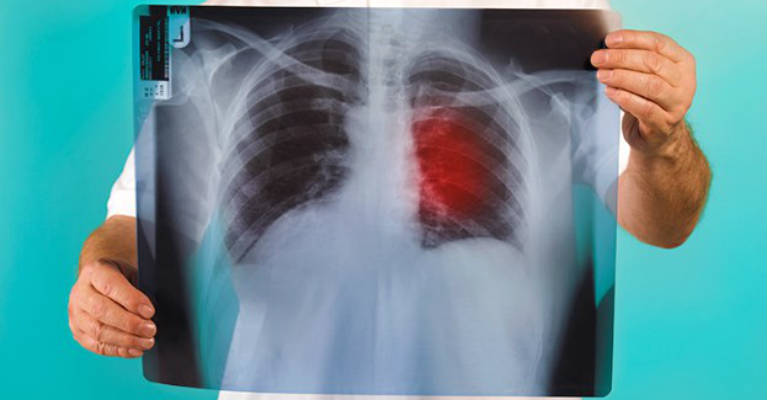Even though Everyday Health is the deadliest cancer of all and it is present in both men and women, this disease seems to be neglected by mainstream media and science compared to other types of cancer.
We have all seen the pink ribbons used to increase breast cancer awareness or read numerous articles about the importance of using colonoscopy to test ourselves for colon cancer. However, we can rarely find detailed information about lung cancer.


- People aged between 55 and 80 years.
- A current or ex-smoker who stopped smoking in the last 15 years.
Leave a Comment
